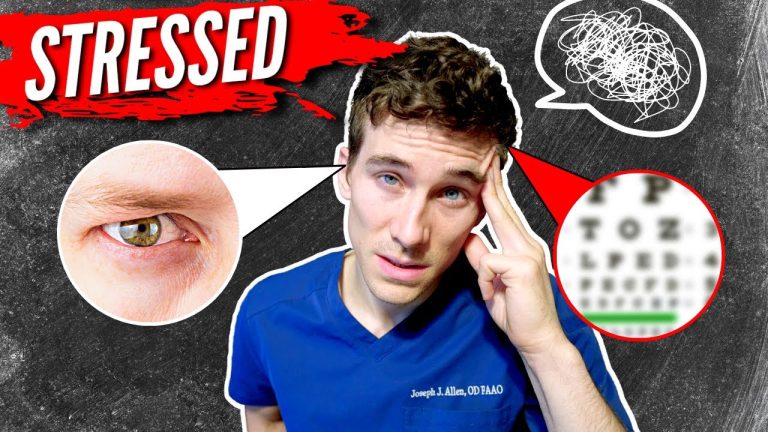Unlock Your Vision Potential with Effective Visual Training Techniques: A Guide to Improving Eye Functionality
Vision is one of the most important senses for human beings. It allows us to perceive and interact with the environment around us. However, in today’s age of technology, our eyes are constantly exposed to digital screens, causing eye strain and fatigue. This is where visual training plays a crucial role in maintaining our eye health.
Visual training is a set of exercises that help to strengthen and improve the focus, movement, and coordination of our eye muscles. It involves a series of eye exercises and eye-hand coordination activities that stimulate and enhance our visual performance. The benefits of visual training are numerous and can be enjoyed by people of all ages, especially those who are engaged in professions that require prolonged use of digital devices.
The Importance of Visual Training
Visual training is an effective way to improve visual acuity, reduce eye strain, and enhance visual coordination. It can help to alleviate symptoms of eye strain and fatigue caused by computer vision syndrome. Visual training can also help to improve visual processing speed, enhance visual memory, and increase attention and concentration.
One of the key benefits of visual training is the prevention and treatment of binocular vision problems. Binocular vision problems occur when both eyes fail to work together properly, leading to double vision or blurred vision. Visual training can help to correct these problems by improving the coordination and fusion of both eyes.
Types of Visual Training Exercise
There are several types of visual training exercises that are designed to improve different aspects of visual performance. Some of these exercises include:
- Eye-tracking exercises: These exercises involve following a moving object with your eyes without moving your head. This helps to improve eye tracking skills.
- Focusing exercises: These exercises involve shifting focus between near and far objects. This helps to improve focus and reduce eye strain.
- Peripheral vision exercises: These exercises involve focusing on objects in your side vision. This helps to improve peripheral vision awareness.
The Role of Eye Care Professionals in Visual Training
Eye care professionals such as optometrists and ophthalmologists can play a critical role in visual training. They can assess your visual performance and prescribe appropriate visual training exercises to improve your visual skills. They can also recommend vision care products such as eyeglasses and contact lenses to correct any visual deficiencies.
In conclusion, visual training is an effective way to maintain and improve our eye health. It can help to reduce eye strain, improve focus and coordination, and prevent and correct binocular vision problems. If you are experiencing any visual problems, it is important to consult with an eye care professional who can assess your visual performance and recommend appropriate visual training exercises and vision care products.
Contents
Most wanted in Hoya Vision:
Hoya Lens Engravings
Which lens is better Alcon or Johnson and Johnson?
What’s the rarest eye color?
What brand lenses does Costco use?
Legacy Eye Care Llc
Hoya Sensity Vs Transitions Xtractive
Should eyeglasses cover eyebrows?
What’s the difference between 1.5 and 1.6 lenses?
What do you call glasses that turn dark in the sun?
Wide Corridor Progressive Lenses















